12 Critical Mistakes To Avoid When Growing Hydroponic Marijuana
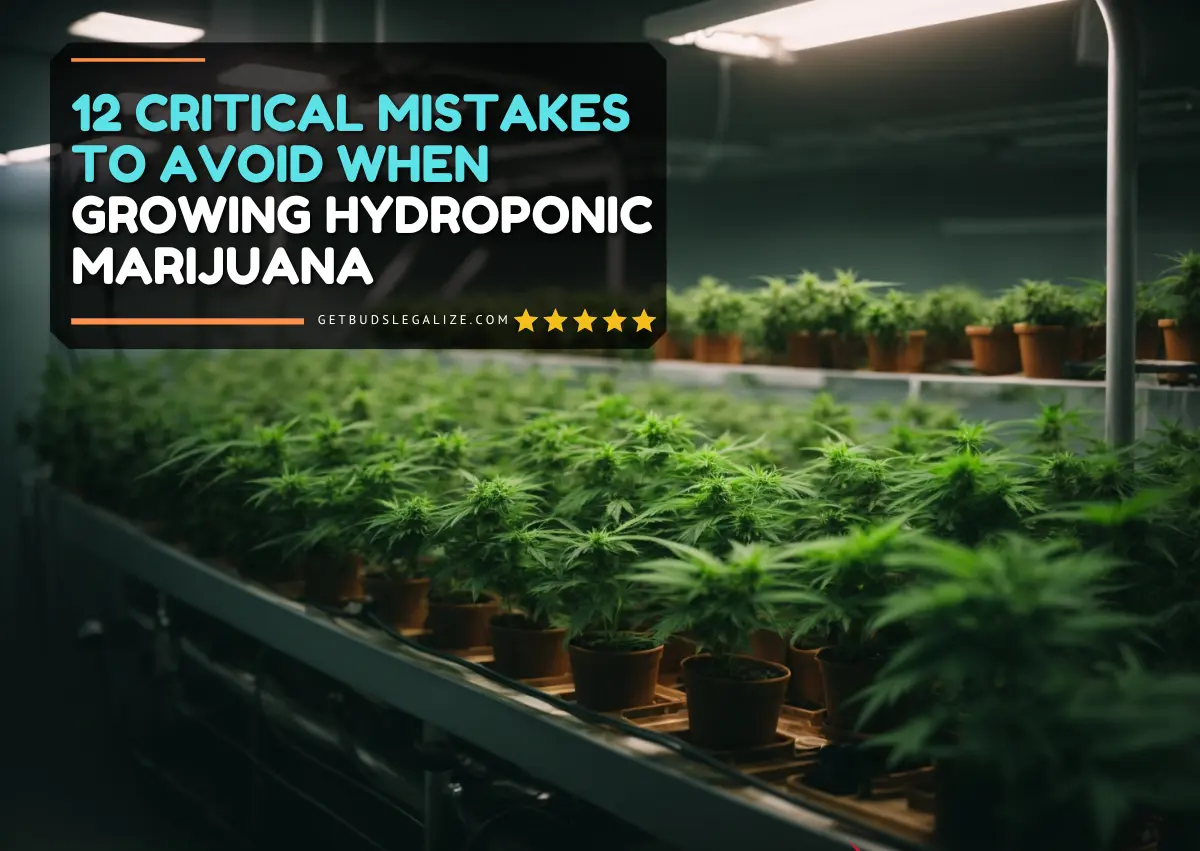


12 Critical Mistakes To Avoid When Growing Hydroponic Marijuana
Growing hydroponic marijuana can be an exciting and rewarding experience. However, it requires careful attention to detail and proper management to maximize yields and produce high-quality buds. Whether you're a beginner or an experienced grower, avoiding common mistakes is key. In this blog post, we will explore 11 common mistakes you should avoid when growing marijuana with the hydroponic system.
Correlated article:
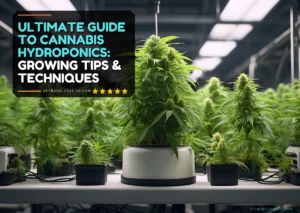
The Ultimate Grow Guide to Cannabis Hydroponics
1. Overlooking pH ManagementMaintaining the correct pH is paramount in hydroponic marijuana cultivation. Marijuana plants grow and thrive in a slightly acidic environment, with pH levels between 5.5 and 6.5 being optimal for nutrient uptake. Deviating from this range can lead to nutrient lockout, where essential nutrients become unavailable to the plants, resulting in stunted growth and poor yields.
To avoid pH-related issues, invest in a reliable pH testing pen and regularly monitor the pH of your nutrient solution. Adjust the pH as needed using pH up or pH down solutions to keep it within the optimal range. Ensure that your pH testing pen is properly calibrated to obtain accurate readings.
2. Estimating EC LevelsElectrical conductivity (EC) measures the concentration of salts and minerals in the nutrient solution. Maintaining correct EC levels is critical to providing plants with an adequate amount of nutrients. However, guessing EC levels without proper measurement can lead to over- or underfeeding of plants, resulting in nutritional deficiencies or toxicity.
Invest in an EC pen to accurately measure the electrical conductivity of your nutrient solution. This will help you determine whether the nutrient solution is too weak or too strong and will allow you to make any necessary adjustments. Keep in mind that different cannabis strains may have different nutritional needs, so it is essential to carefully monitor EC levels and adjust accordingly.


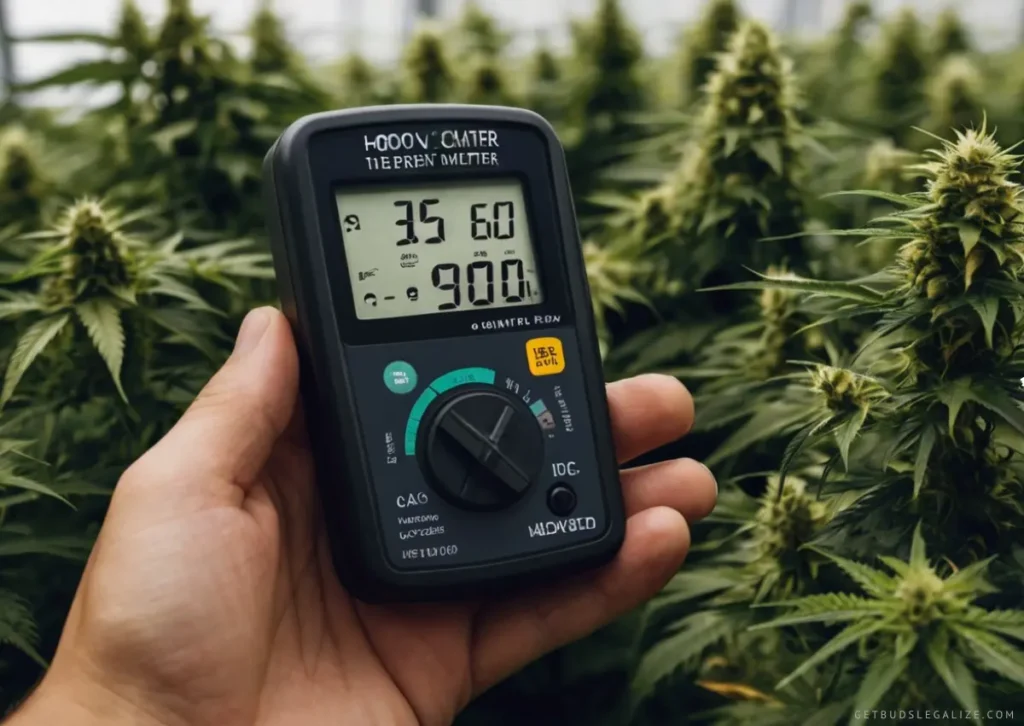
3. Poor Oxygenation
Proper oxygenation of the nutrient solution is essential for healthy root development in hydroponic systems. Without adequate oxygen levels, roots can suffocate, causing root rot and poor nutrient absorption. To ensure sufficient oxygenation, incorporate air stones or pumps into your hydroponic system to effectively aerate the nutrient solution.
Regularly check oxygen levels in the nutrient solution and adjust aeration equipment as needed to maintain optimal oxygenation. Also, avoid overcrowding your hydroponic system, as this can restrict airflow to the roots and exacerbate oxygenation problems.
4. Improper Placement of Drip StakesDrip irrigation systems are valuable tools for automating the watering process in hydroponic systems. However, failure to properly place drip stakes can lead to uneven watering and nutrient distribution, compromising plant health and yield.
Make sure the driplines are inserted properly into the growing medium to a depth of 3 to 4 inches. It is important to regularly check your grow space and inspect the stakes to identify and address any issues as soon as possible. This will help ensure that your plants grow strong and healthy.
5. Absence of Timers for Nutrient Solution DeliveryConsistency is key in hydroponic gardening and the use of timers for dispensing the nutrient solution is essential to maintaining optimal growing conditions. Without timers, manual fertilization programs can lead to uneven nutrient uptake and stress to plants.
Invest in a reliable segment timer to automate nutrient solution delivery, aiming for 2-5 feedings per day depending on the growth stage and medium used. It is advisable to have a spare timer on hand to avoid interruptions in the feeding cycle and ensure continuous plant growth.


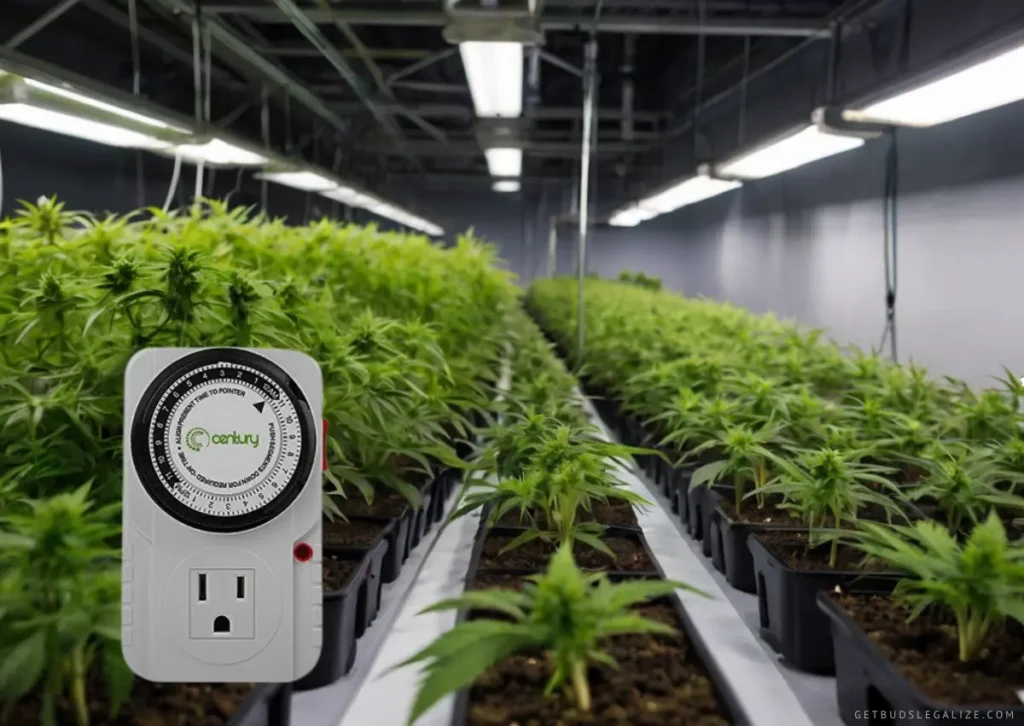
6. Ignoring Reservoir Temperature Regulation
Nutrient reservoir temperature plays a crucial role in the health and vitality of hydroponic marijuana plants. Extreme temperatures can stress plants and provide favorable conditions for pathogen growth.
Try to maintain a constant tank temperature of around 20 degrees Celsius by using an aquarium heater. This temperature range provides optimal conditions for root health while minimizing the risk of pathogen contamination.
7. Utilizing Dense Organic NutrientsA common mistake made by many growers is to use dense organic nutrients in hydroponic systems designed for synthetic fertilizers. Organic nutrients have larger particles than synthetic nutrients, which can lead to blockages in drip lines and pumps. Over time, this can create an environment in which aerobic bacteria can thrive, potentially causing tank contamination and attracting parasites.
Manufacturers design hydroponic nutrients so that they can be easily absorbed by plants in systems such as drip irrigation, deep water culture, or NFT. Using organic nutrients in these systems can disrupt nutrient flow, affecting plant health and growth. It is recommended to use nutrients specially formulated for hydroponic systems to avoid any clogs or other related problems.
8. Insufficient MaintenanceAnother common mistake is neglecting maintenance tasks, leading to clogged drip lines. Drip irrigation systems rely on a steady flow of nutrient solutions to deliver essential nutrients to plants. However, without regular maintenance, drip lines can become clogged with sediment, algae, or organic matter, disrupting nutrient delivery and potentially harming plant health.
To prevent clogged drip lines, schedule regular maintenance tasks such as flushing the system, cleaning drip lines, and inspecting for any signs of blockages. By maintaining a clean and well-functioning hydroponic system, you can ensure optimal nutrient delivery and promote healthy plant growth.


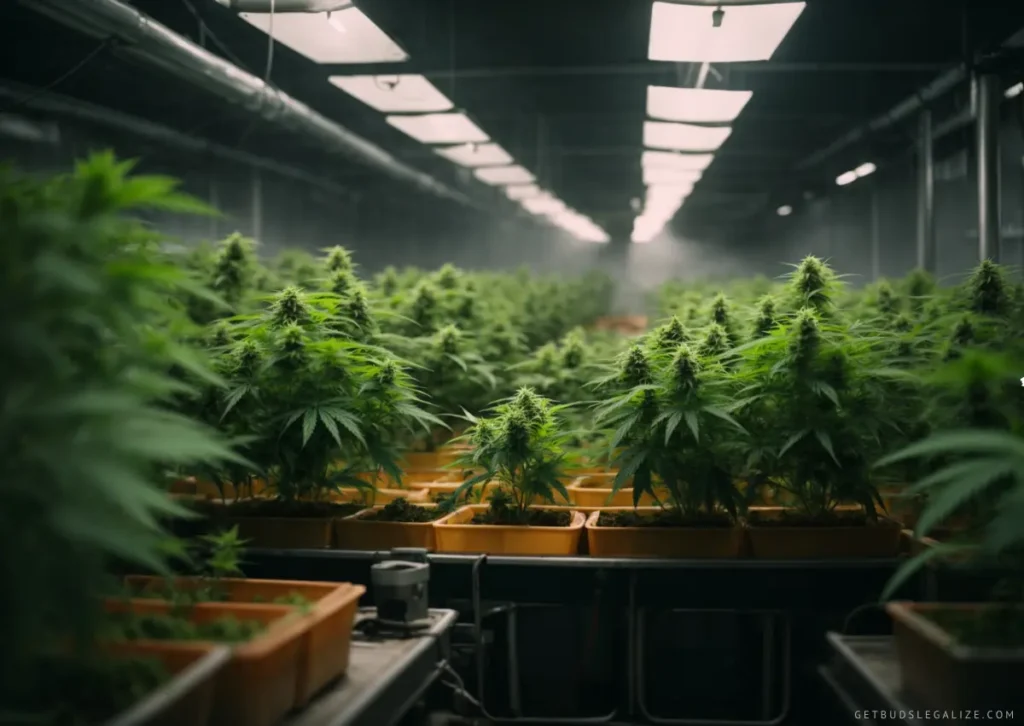
9. Neglecting Flushing Procedures
Flushing is a crucial step in hydroponic marijuana growing that is often overlooked by growers. The flush allows plants to use their internal reserves of nutrients and minerals, resulting in flowers with a smoother flavor and richer colors. Without proper Flushing, residual nutrients can accumulate in plant tissues, affecting the flavor and quality of the final product.
During the flushing period, which typically lasts about 14 days, enzymes can be used to speed up the breakdown of undissolved salts and aid in the absorption of nutrients. This process allows the plants to fully utilize the nutrients, resulting in clean burning and superior flavor.
10. Excessive DefoliationDefoliation can be beneficial if done correctly. However, excessive defoliation or removing too many leaves at one time can stress the plant and negatively impact growth and yield.
As a general rule, avoid removing more than 25% of the plant's foliage at one time, and always use sharp scissors to make clean cuts. New growers should use caution when defoliating and refrain from extreme techniques such as "schwazzing", especially with autoflowering cannabis strains, which may not recover well from the stress of defoliation.
When in doubt, err on the side of caution and remove leaves only sparingly to avoid stunting plant growth.
11. Entering the Room During Lights-Out PeriodsIt's natural to want to check your plants frequently, especially during the early stages of growth. However, entering your grow room or tent with the lights off can have disastrous consequences. Even brief exposure to light during the dark cycle can disrupt the plant's photoperiod and trigger hormonal imbalances, potentially leading to problems such as hermaphroditism.
Hermaphroditic plants develop both male and female sex organs, which can result in self-pollination and a significant decrease in flower quality and potency.
To avoid light leaks and minimize the risk of hermaphroditism, avoid entering the grow space during the dark cycle and invest in light-isolating measures such as light traps and blackout curtains.


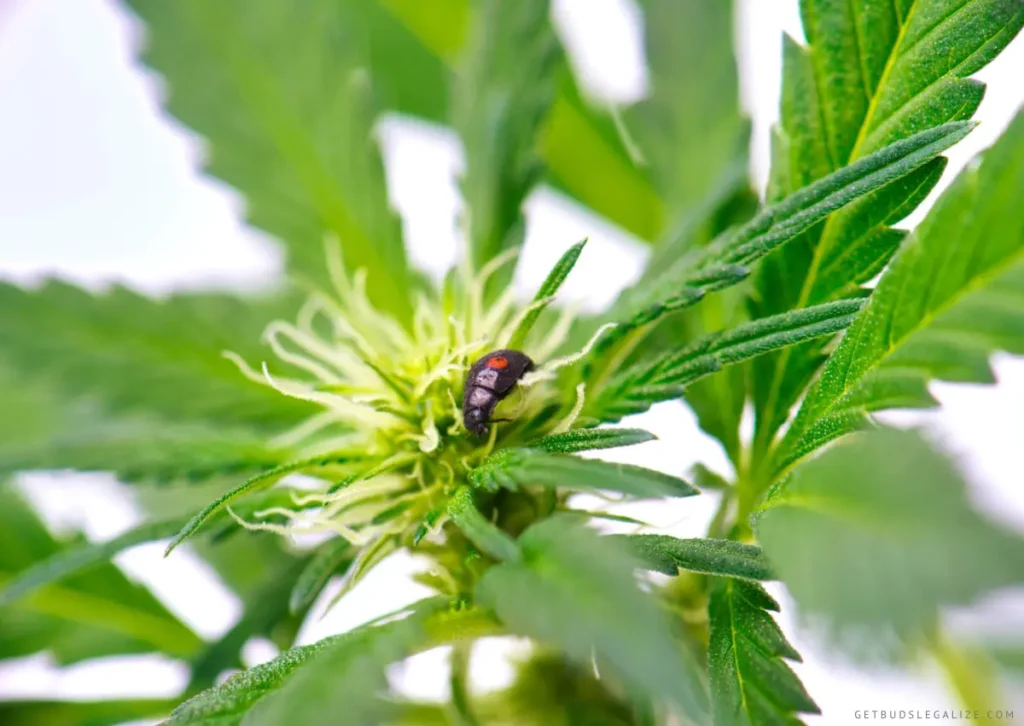
12. Neglecting Pest and Disease Management
Pests and diseases pose a significant threat to marijuana plants, and neglecting proper management can lead to devastating consequences. Common pests such as red spiders, aphids, and whiteflies can quickly infest hydroponic systems and wreak havoc on plants. Likewise, diseases such as powdery mildew and root rot can spread rapidly in hydroponic environments if left uncontrolled.
To avoid pest and disease problems, growers should implement proactive measures such as regularly inspecting plants for signs of infestation, maintaining a clean growing environment, and using organic pesticides and fungicides when necessary.
Additionally, practicing good hygiene, such as sterilizing equipment and washing your hands before handling plants, can help prevent the introduction and spread of pests and diseases.
Conclusion:By avoiding these 12 critical mistakes and implementing best practices in your hydroponic cultivation, you can optimize plant health, maximize yields, and achieve success in your growth endeavors.
Remember to prioritize proper pH management, nutrient balance, and environmental control to ensure the best possible outcomes. Happy growing!
https://getbudslegalize.com/12-mistakes-avoid-growing-hydroponic-marijuana/
Commenti
Posta un commento